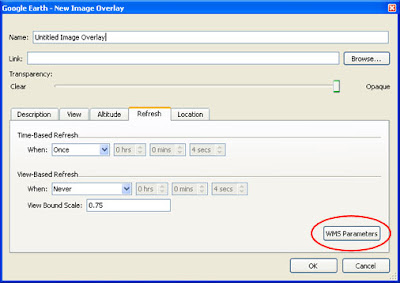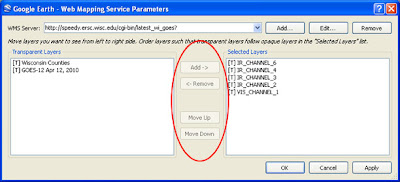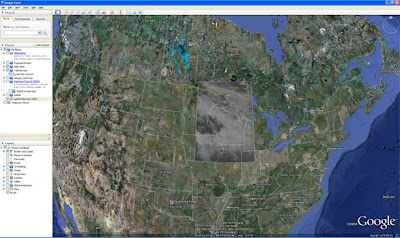
What a fantastic meeting!
Sam Batzli, Maria Vasys, and the folks at the University of Wisconsin-Madison's Space Science and Engineering Center deserve a round of applause and heart-felt congratulations for hosting three days of insightful talks, effective committee meetings, stimulating workshops, amazing tours, and (so I'm told) scenic and interesting field trips. With well over 60 in attendance, this was once of our best meetings to date.
One of the most exciting things for me was to witness how we're forging closer and more effective ties between the StateViews. We've always been plugged into our respective state's needs, and we've done well over the years of adapting our resources to best meet those needs, but the examples of states working more closely together to further leverage our assets is, to me, remarkable. I know that we're all feeling a bit pinched lately, with too much to do and too few resources. But we're not letting this bog us down or dampen our enthusiasm - cooperative, coordinated regional and other joint projects are actually increasing! The research group, in particular, seems to be hitting its stride, with the identification of several critical and timely applied research ideas. Furthermore, the outreach group identified a number of projects that will support the newer members of the consortium as they grow their state consortia and become more closely integrated into the larger consortium. Thank you both, Rick Lawrence of MontanaView, and Kevin Dobbs of KansasView, for stepping up. The education group continues to work with K-12 science teachers across the country in advancing STEM education through Earth Observation Day and various other local and state events, and the Technology group has a few exciting projects underway as well, including the new multi-state data services project. Jay Morgan's and Tyler Erickson's groups, including the Alaska contingent and Larry Biehl, Board Chairman extraordinaire and walk-off pinch-hitter for Technology, also deserve our thanks. What great energy!
Rest assured that the Board and staff appreciates your feedback via the follow-up survey, and is already beginning to broadly organize our Winter Business Meeting in DC. By that time we'll know more about the elections and will have a better sense of how things might shake out politically. That said, and recognizing the tremendous need to continue to work together to meet our objectives, there is no better time to build on our network's strengths of cooperation and mutual support. Thanks again for all of your contributions - expanding the many uses of remote sensing could not be a more timely nor a more critically important endeavour. You're work makes a difference in the lives of many people across the country.













